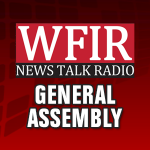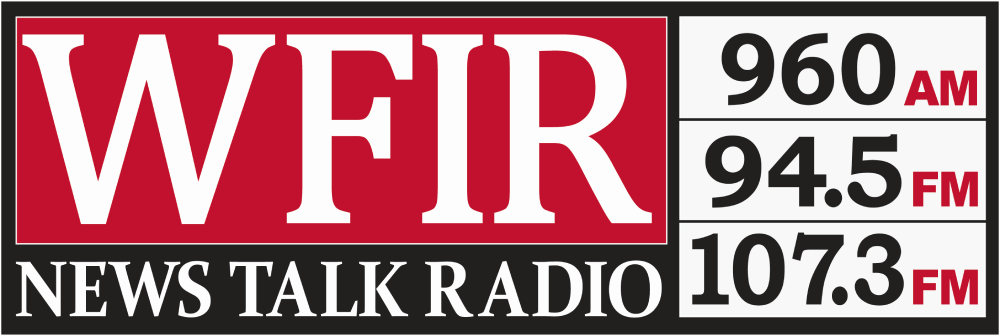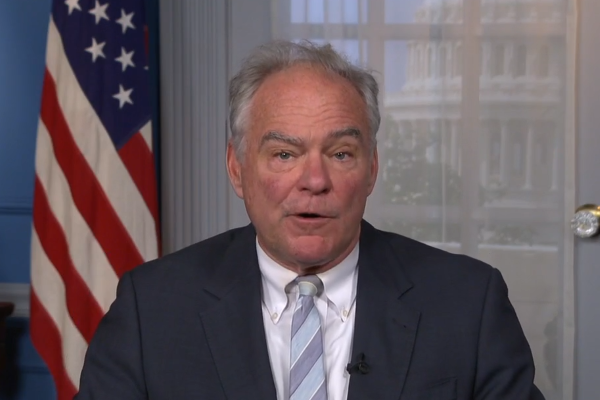 RICHMOND, Va. (AP) — Customers of Virginia’s largest electric utility will see a short-term reduction in their bills but could eventually see significant new charges — potentially $120 a year or more for the average customer — under legislation advancing in the General Assembly. Lawmakers are set to vote next week on a major overhaul of how the state regulates Dominion Energy, Virginia’s most politically influential corporation. The legislation makes it easier to get approval for renewable energy projects and grid upgrades while giving Dominion new ways to account for various costs.
RICHMOND, Va. (AP) — Customers of Virginia’s largest electric utility will see a short-term reduction in their bills but could eventually see significant new charges — potentially $120 a year or more for the average customer — under legislation advancing in the General Assembly. Lawmakers are set to vote next week on a major overhaul of how the state regulates Dominion Energy, Virginia’s most politically influential corporation. The legislation makes it easier to get approval for renewable energy projects and grid upgrades while giving Dominion new ways to account for various costs.
Dominion says it needs that flexibility to make important investments without volatile rate changes, and other supporters say political pressure will ensure that customers aren’t gouged.
“It is in the company’s best interest to make these investments and it’s in their best interest to do so that’s in the most cost effective way for the public,” said League of Conservation Voters Executive Director Mike Town, whose group is a key negotiator on the legislation. “And we’ll be holding them to that.”
Opponents, including Attorney General Mark Herring, say the legislation unnecessarily weakens state regulators’ oversight in a way that will lead to higher than necessary customer bills.
The precise impact on ratepayers is impossible to calculate because of the legislation’s sweeping nature, but some reductions and new costs are known. And some potential new costs and savings are also possible to identify.
KNOWN SAVINGS AND COSTS
Dominion says the typical residential customer, who is currently paying about $116 a month, would see a short-term drop in their bills of $6 a month because of rebates of $200 million and new savings from recent federal tax cuts.
The legislation also allows the company to bury about 4,000 miles of power lines, which regulators estimate will eventually add $5 a month to an average customer’s bill. State regulators and the attorney general have expressed concerns that the $2 billion project will translate to only a 0.00002 percent increase in reliability. Dominion said the undergrounding is valuable to all of its customers and will boost the state’s economy by limiting power outages.
___
POSSIBLE SAVINGS
The legislation makes it easier for utilities to get approval to build 5,000 megawatts of new solar or wind energy generation. These new projects may eventually lower customers’ overall costs by reducing fuel costs.
The bill requires Dominion to spend $870 million over 10 years on energy efficiency programs designed to reduce energy consumption at an individual level. That could add a couple of dollars to the average residential customer’s rates but still lead to lower overall bills because of lower energy use.
___
POSSIBLE NEW COSTS
In 2015 and 2016, Dominion’s base rates over-earned by about $300 million, which equated to about $3 a month in extra charges for the average residential customer, according to State Corporation Commission figures. A 2015 law blocked regulators from lowering rates or giving refunds on those overearnings.
The proposed legislation would repeal the 2015 law but give Dominion the option of spending excessive earnings on grid modernization and renewable projects instead of lowering base rates or giving refunds. By doing so, the company wouldn’t have to request a separate rate known as a “rider” and could keep overall bills stable.
But the company may never have any future overearnings because the legislation allows Dominion to write off certain costs faster than it can now.
Dominion says it’s a more accurate way of accounting for some costs — like major storm and coal ash cleanup costs — that doesn’t artificially extend how long customers pay for them. Opponents say it’s a gimmick similar to ones used in the past that allows Dominion to avoid overearnings and keep rates artificially high.
The General Assembly has granted Dominion permission for similar accounting changes before, but none have been as sweeping or permanent as is currently proposed.
Without overearnings, Dominion could put the costs of new spending projects in either base rates or new riders. Putting them in base rates would keep overall rates stable, but decrease Dominion’s potential profits. Riders would increase both rates and profits.
A new grid modernization rider could add about $5 to $6 a month to a residential customer’s bill, based on the company’s plans to spend $300 million to $350 million a year for eight to 10 years.
Combined with $5 a month for undergrounding, that’s $10 to $11 a month in potential new costs for the average residential customer. That figure could be even higher if the company recovers new spending on renewable energy projects through riders. The company hasn’t said what the yearly spending will be, but the projects could total several billion dollars.
Thomas Wohlfarth, a Dominion senior vice president, said the company will balance the need to raise capital to pay for the new projects with the goal of keeping overall rates low.
“Even though I can’t give you a rate forecast, our rates will remain competitive and below other utilities,” he said.



